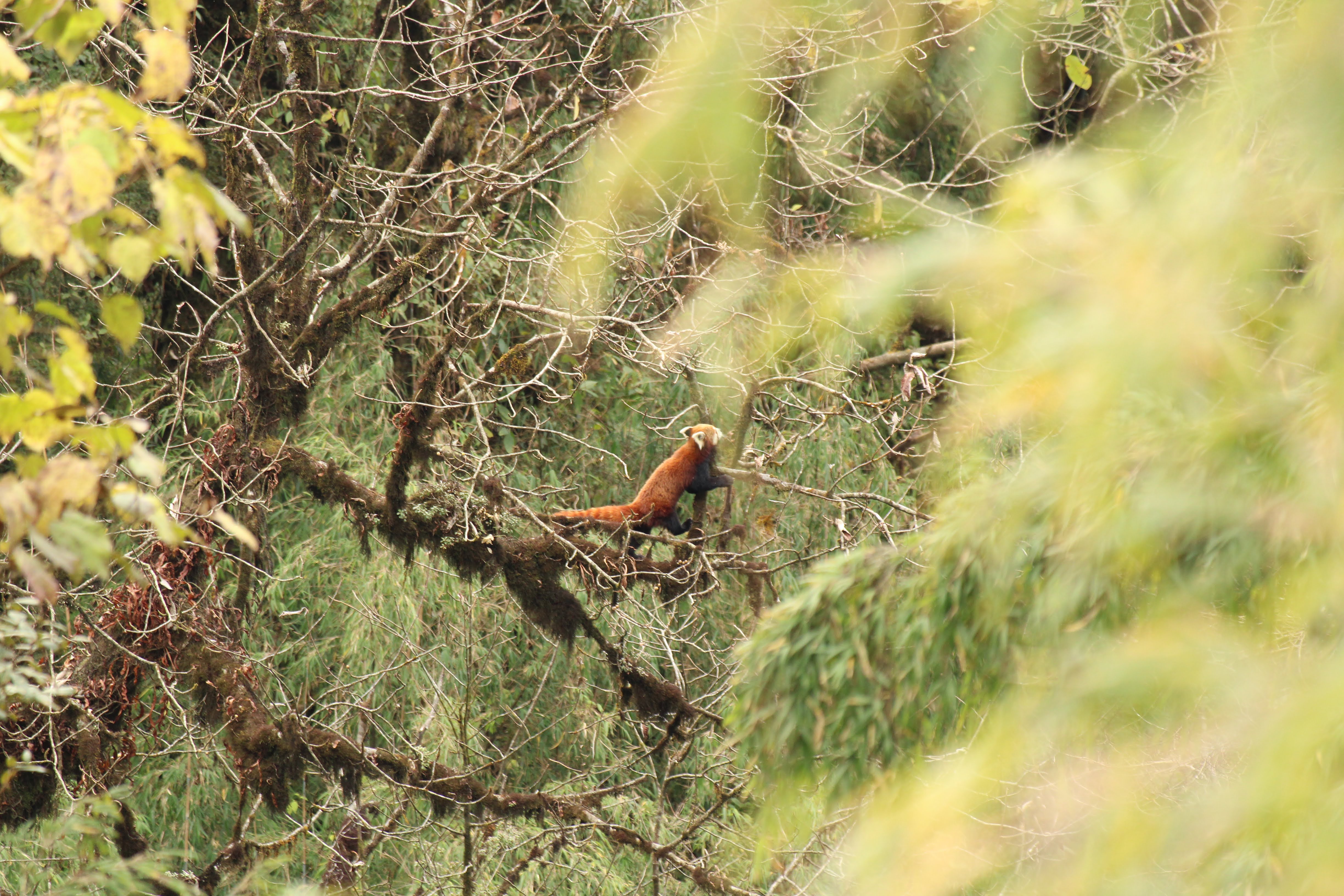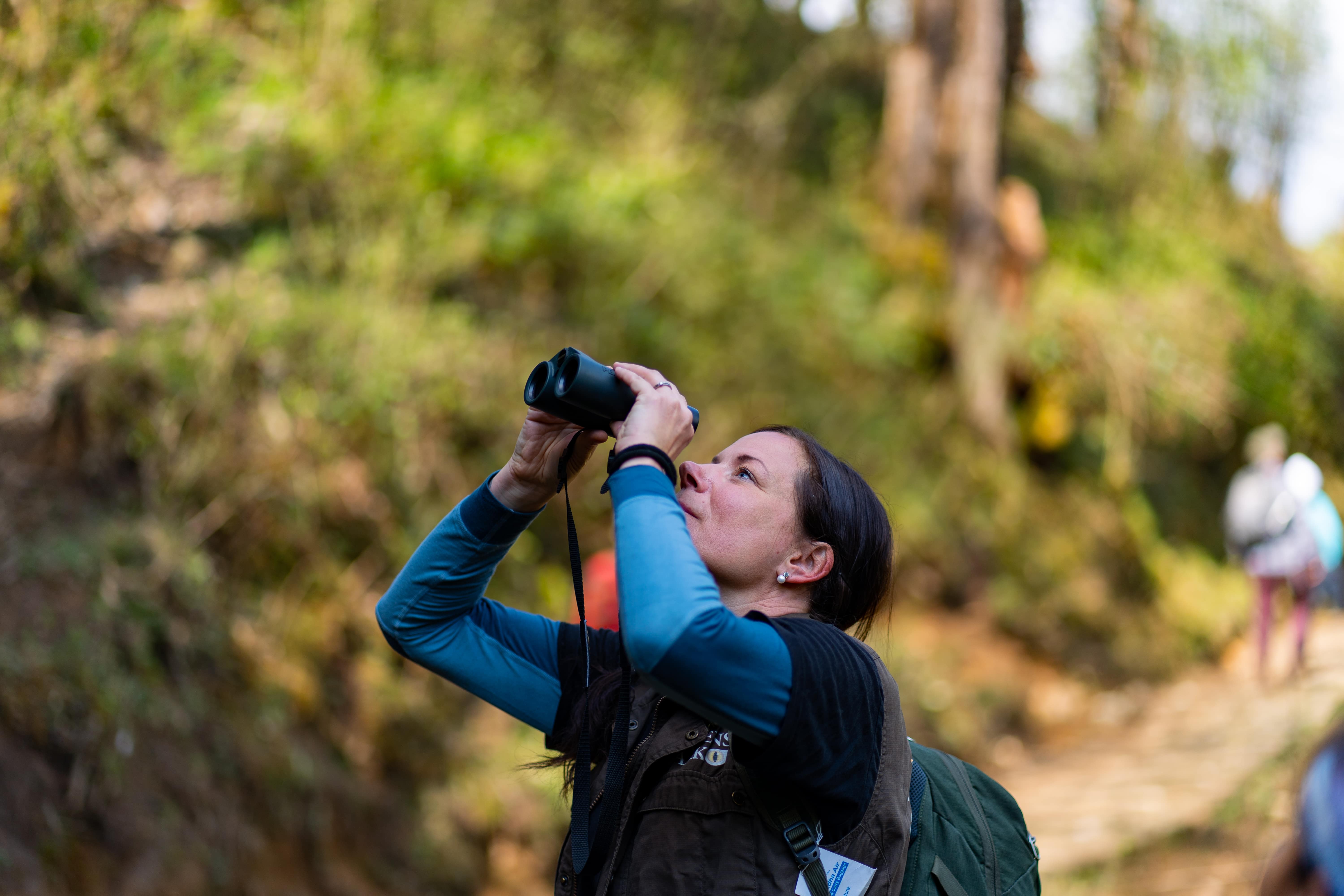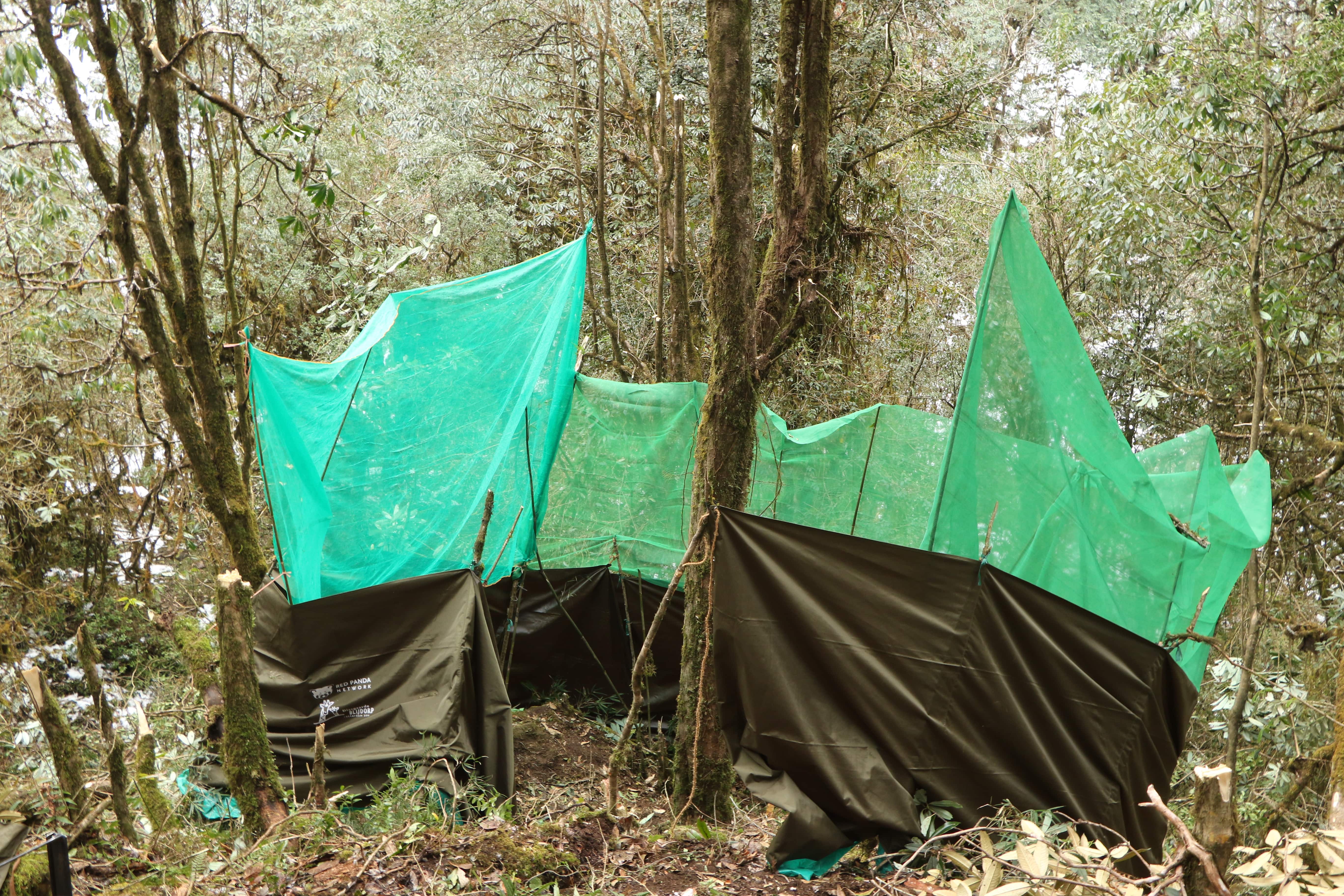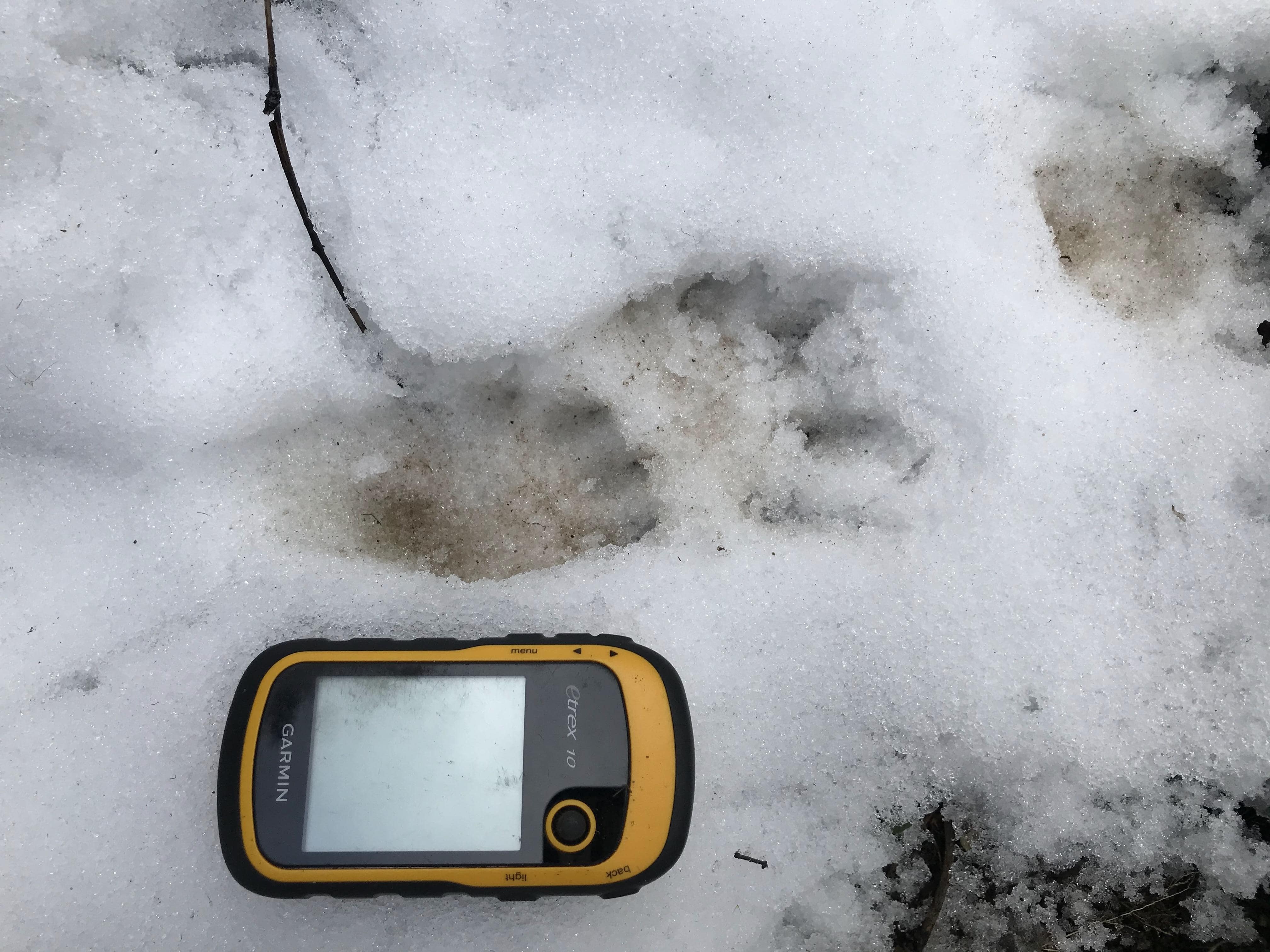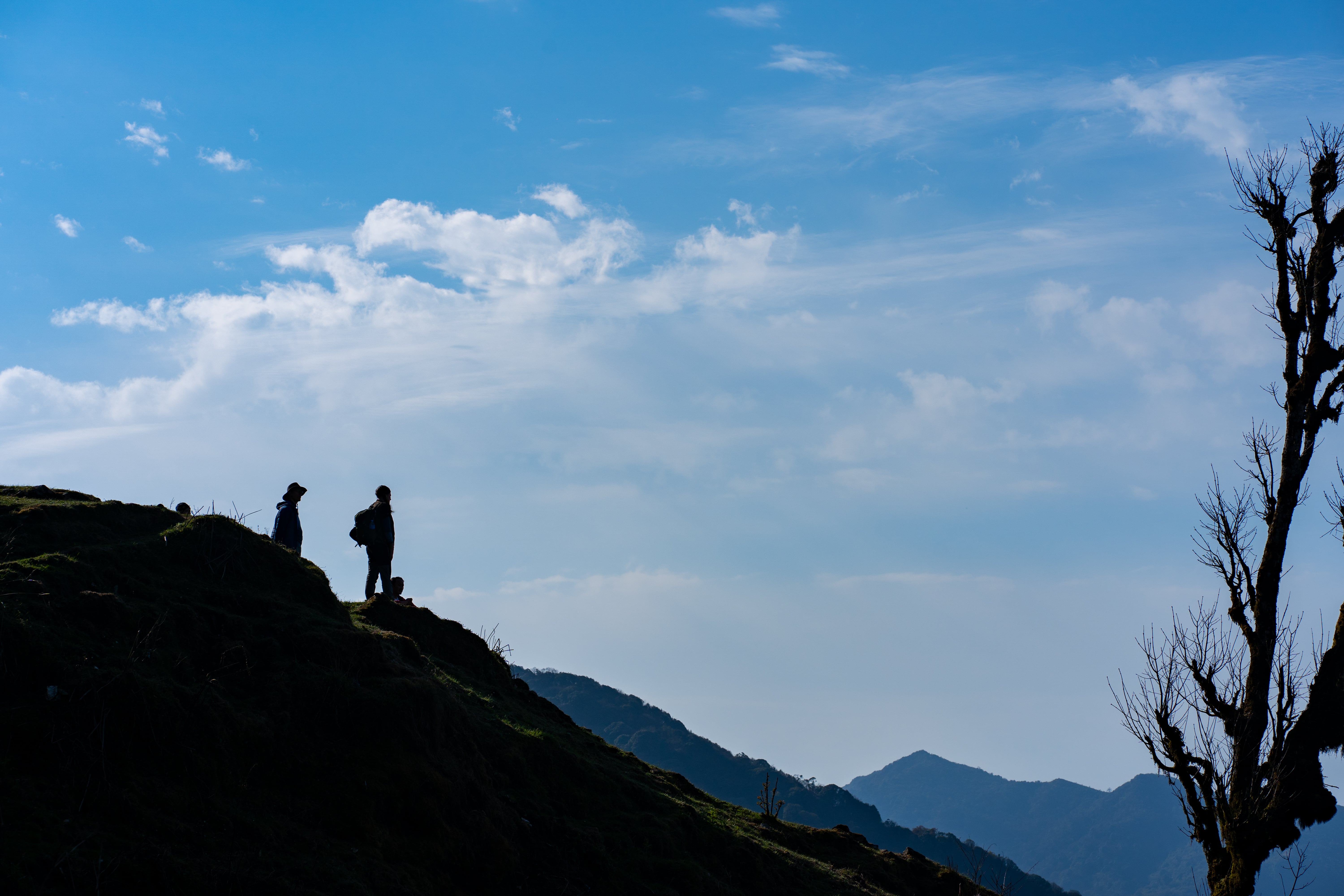Conservation Science Series: Because Science Matters in Red Panda Conservation!
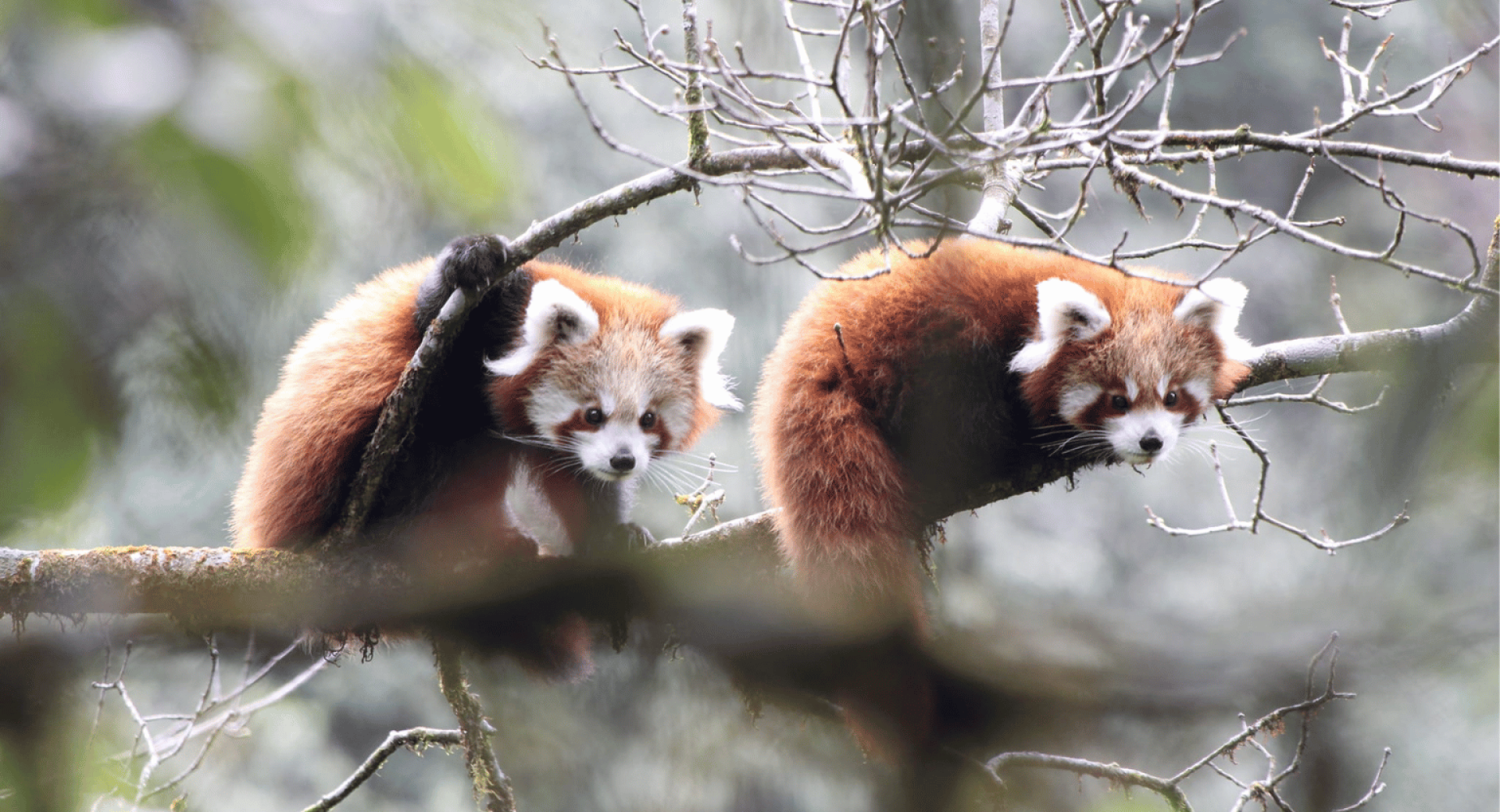
Red Panda Network (RPN) is introducing the Conservation Science Film Series, which dives into our research on the red panda. Join us to explore the latest information on red panda habitat, threats, research gaps, and community-based conservation!
Research and monitoring have always been integral to our conservation success in Nepal. Our community-based red panda conservation programs are guided by science and implemented with the help of local community members known as Forest Guardians, who gather essential information on red pandas and their habitat.
This scientific data is the baseline for informed decision-making for local conservation groups and government agencies, Nepal's national red panda conservation action plan, and international conservation collaborations.
One peer-reviewed research article underscores the significance of the charismatic and flagship wildlife species, the red panda, as the most studied mammal in a transboundary landscape in the Eastern Himalayas. This research highlights the importance of our conservation efforts, which incorporate research implications into our planning and implementation.
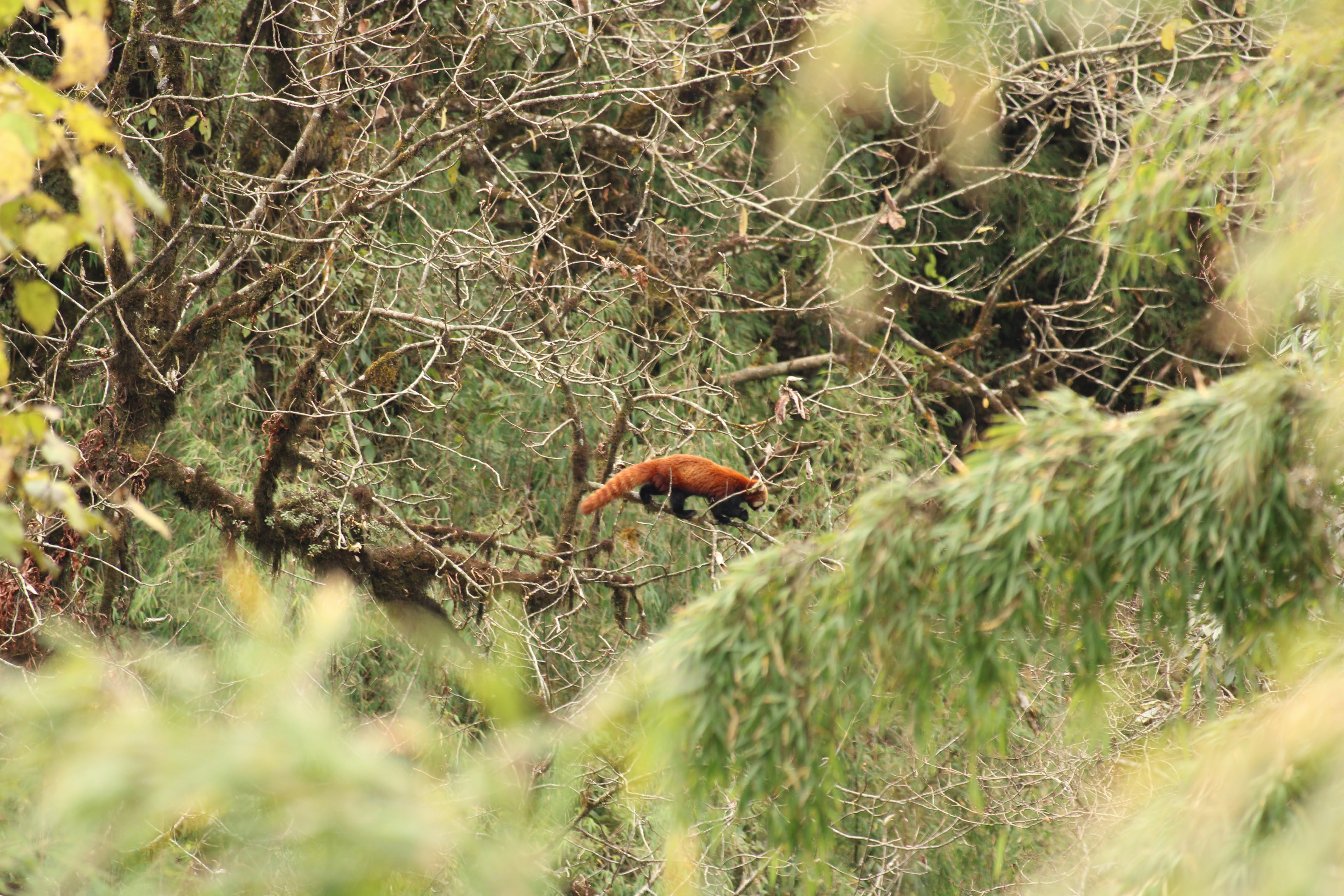
A Himalayan red panda in RPN's project area in eastern Nepal. RPN/Hari B. Dangol
We are committed to sharing our research findings and recommendations for conservation actions with the communities we serve to build well-informed strategies that promote sustainable livelihoods.
We believe sharing our research findings with you is of paramount importance so we can work together to build an environmentally conscious world based on science. The implications of scientific knowledge extend far beyond academia, impacting the broader public and the environment we all share.
By sharing our research findings, we increase awareness and understanding of environmental issues, empowering individuals and communities with knowledge.
Evidence-based Conservation Policy
Conservation research is pivotal for policymakers as it provides necessary insights to allocate resources and implement wildlife management strategies effectively. Yet, there often seems to be a "gap" between the traditional academic peer-review publication process and policymakers effectively applying research findings. With this Conservation Science Series, we aim to bridge the gap by providing policymakers access to research findings in an accessible and engaging format that ensure informed and evidence-based decision-making.
Evidence-based conservation involves making conservation decisions and policies informed by scientific research. This approach systematically assesses scientific information from peer-reviewed publications, practitioners' experiences, independent expert analysis, and local and indigenous knowledge on a specific conservation topic.
This approach empowers policymakers to make informed decisions based on the best available information, leading to more efficient resource allocation and successful conservation outcomes that help reverse the alarming trend of global biodiversity loss. Evidence-based conservation can help bridge the gap between science and practice, making scientific evidence more accessible and understandable.
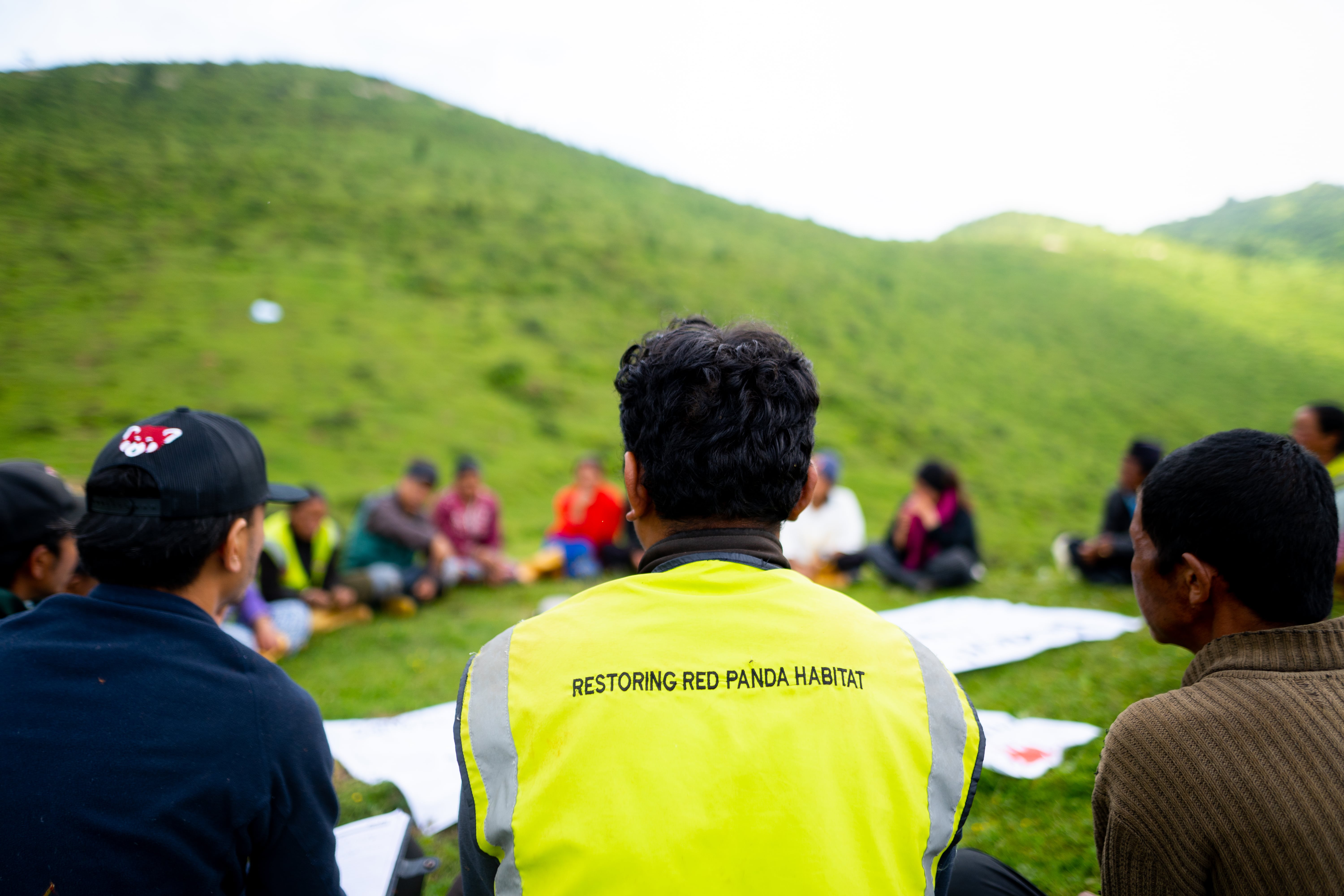
Community engagement is a critical part of our conservation activities. RPN/Hari B. Dangol
Bridging the Gap
The Conservation Science Series is an effort to inform stakeholders, including local communities, academics, conservation scientists and practitioners, policymakers, and agencies, of the latest science and equip them for collaboration in red panda conservation. Learn about the latest in red panda conservation straight from the experts researching red pandas in their natural habitat!
The first episode of the Conservation Science Series will be released on Thursday, April 18, 2024, during Nepal’s Wildlife Week. Episodes will be released every Thursday at 16:00 Hrs NST (UTC+05:45). You can watch our official logo video here and the promo of the series here.

The official logo of the RPN’s Conservation Science Series. Graphics by: Rahul Malla Thakuri.
Episode List
Starting April 18th, 2024, we will be releasing weekly episodes of our Conservation Science Series. Read below for a sneak peek into the wide range of red panda science we will be covering in this series.
Subscribe to our YouTube channel and turn on notifications to never miss an episode of our Conservation Science Series: Because Science Matters in Conservation!
Episode 1: Are there two species of red panda? Are they equally threatened with extinction?
Release Date: Thursday, April 18, 2024
A Himalayan red panda in RPN's project area in eastern Nepal. RPN/Hari B. Dangol
We discuss the classification debate around the Ailurus genus, emphasizing recent genomic evidence indicating two phylogenetic species.
Episode 2: Land purchase and forest restoration to conserve the endangered red panda in Nepal
Release Date: April 25, 2024
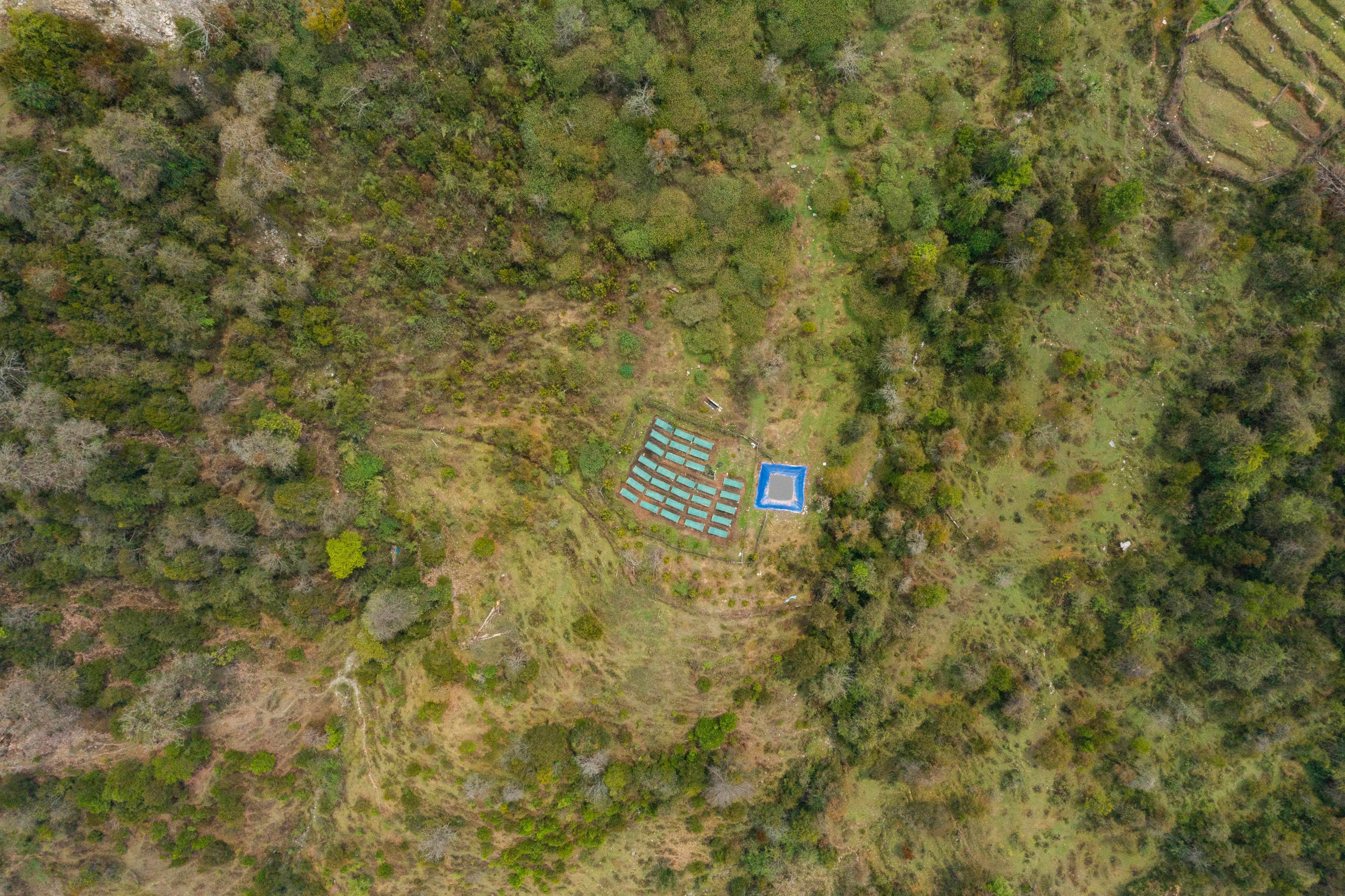
A forest conservation nursery and a water conservation pond near our restoration site. RPN/Hari B. Dangol
We focus on RPN’s Plant A Red Panda Home campaign, which addresses the challenges of habitat fragmentation in Nepal's Ilam district with land purchase and restoration to create a wildlife corridor that supports a sustainable red panda population.
Episode 3: Bamboo distribution in Nepal and its impact on red pandas
Release Date: May 2, 2024
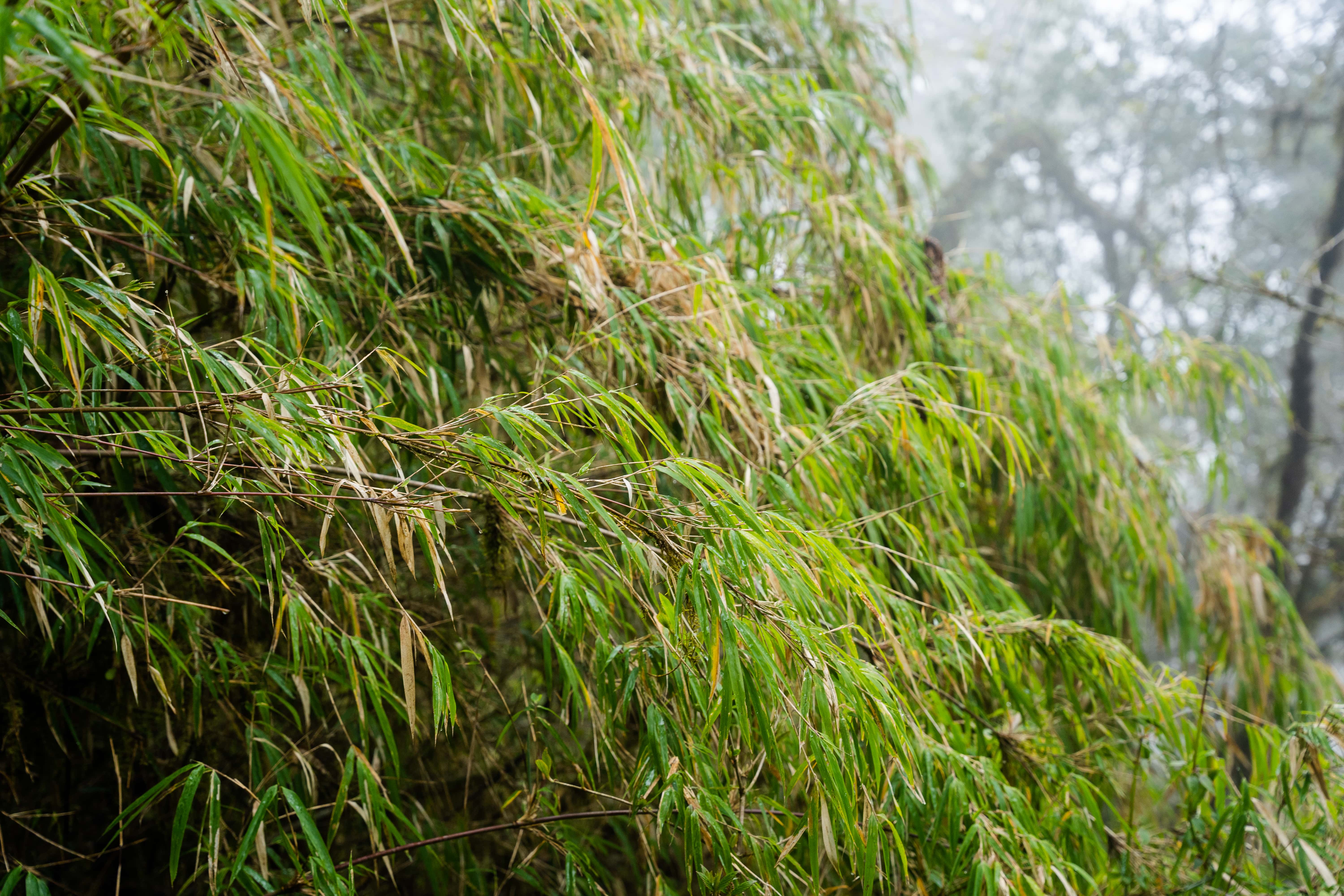
Malingo bamboo (Yushania maling) is a significant part of a wild red panda's diet. RPN/Hari B. Dangol
We explore bamboo diversity and distribution from the mountain habitats of the red panda. Understanding bamboo, the main food source for red pandas, is important for their conservation, as well as the conservation of their habitat and its associated biodiversity.
Episode 4: Reaching over the gap: A review of trends in and status of red panda research over 193 years (1827-2020)
Release Date: May 9, 2024
The past can help guide conservation science. Emma Nygren of Nordens Ark during field visit in Nepal. RPN/Hari B. Dangol
Researchers Sikha Karki and Tek Marasseni talk about their study on the trends and status of red panda research over 193 years (1827–2020).
Episode 5: Local stakeholders' priorities and perceptions towards forest ecosystem services in the Red panda habitat region of Nepal
Release Date: May 16, 2024
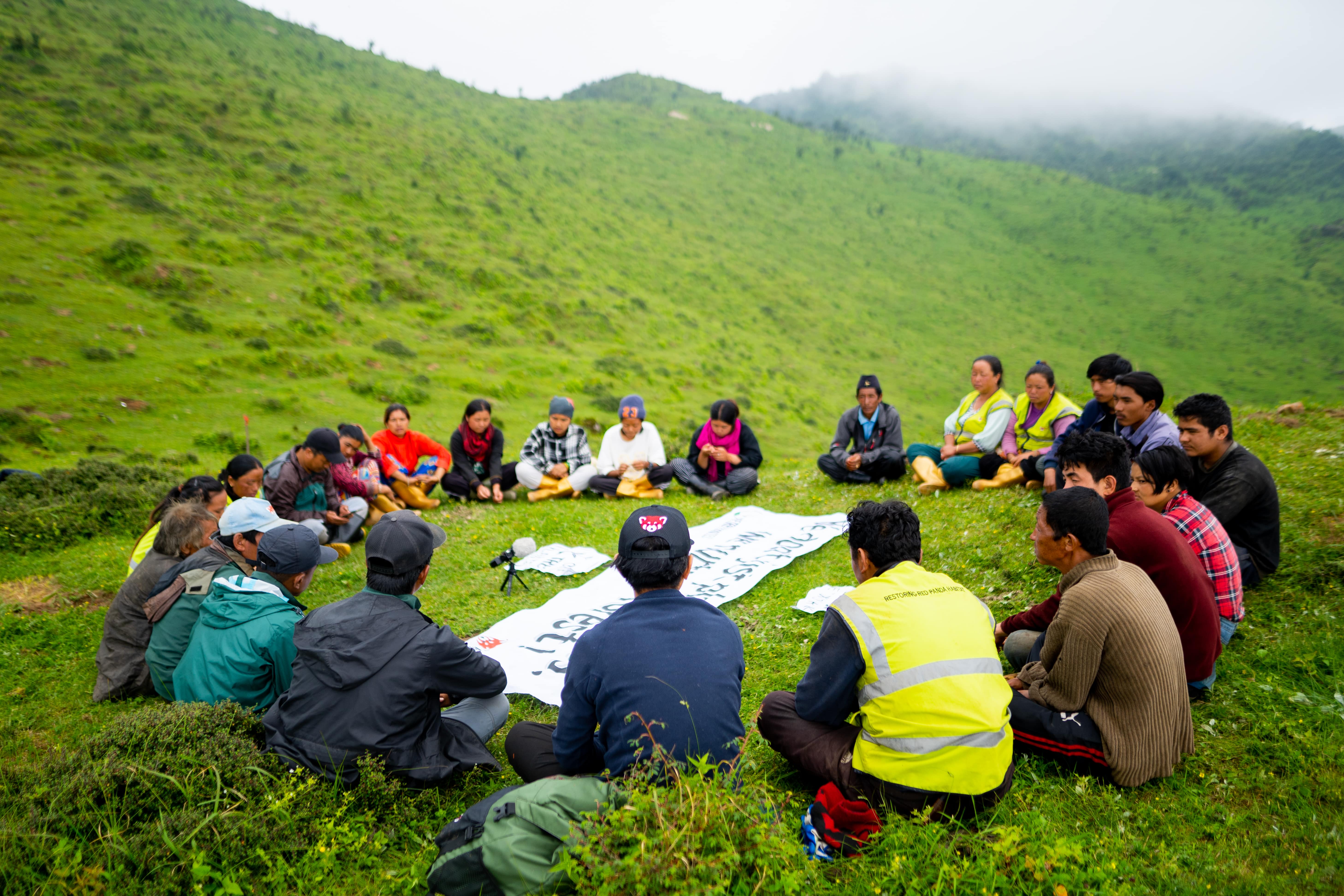
We prioritize community education and engagement in our conservation programs. RPN/Hari B. Dangol
We investigate the priorities and perceptions of local stakeholders towards the several ecosystem services provided by the red panda habitat in Nepal. We explore the differences in the local stakeholders’ perceptions and preferences of these ecosystem services based on differences in their location, caste, gender, age, and engagement in CFUG.
Episode 6: Improved Trapping and Handling of an Arboreal, Montane Mammal: Red Panda Ailurus fulgens
Release Date: May 23, 2024
The locally designed canvass barrier and agro nets were useful in trapping red pandas during our 2019 GPS-collar study. Damber Bista/RPN.
We explore the most safe and efficient method for catching and handling wild red pandas. The method discussed can be used for wildlife rescue and research for a range of arboreal species, with the welfare of both animals and humans at the forefront.
Episode 7: Movement and dispersal of a habitat specialist in human-dominated landscapes: a case study of the red panda
Release Date: May 30, 2024
A fresh pugmark of a GPS-collared red panda on snow. Sonam Tashi Lama/RPN.
Researcher Damber Bista talks about his study on the movement and dispersal of red pandas as habitat specialists in human-dominated landscapes. He suggests improving functional connectivity, implementing habitat zonation, and minimizing disturbances, particularly during mating, birthing, and cub-rearing seasons.
Episode 8: Space use, interaction and recursion in a solitary specialized herbivore: a red panda case study
Release Date: Jun 6, 2024
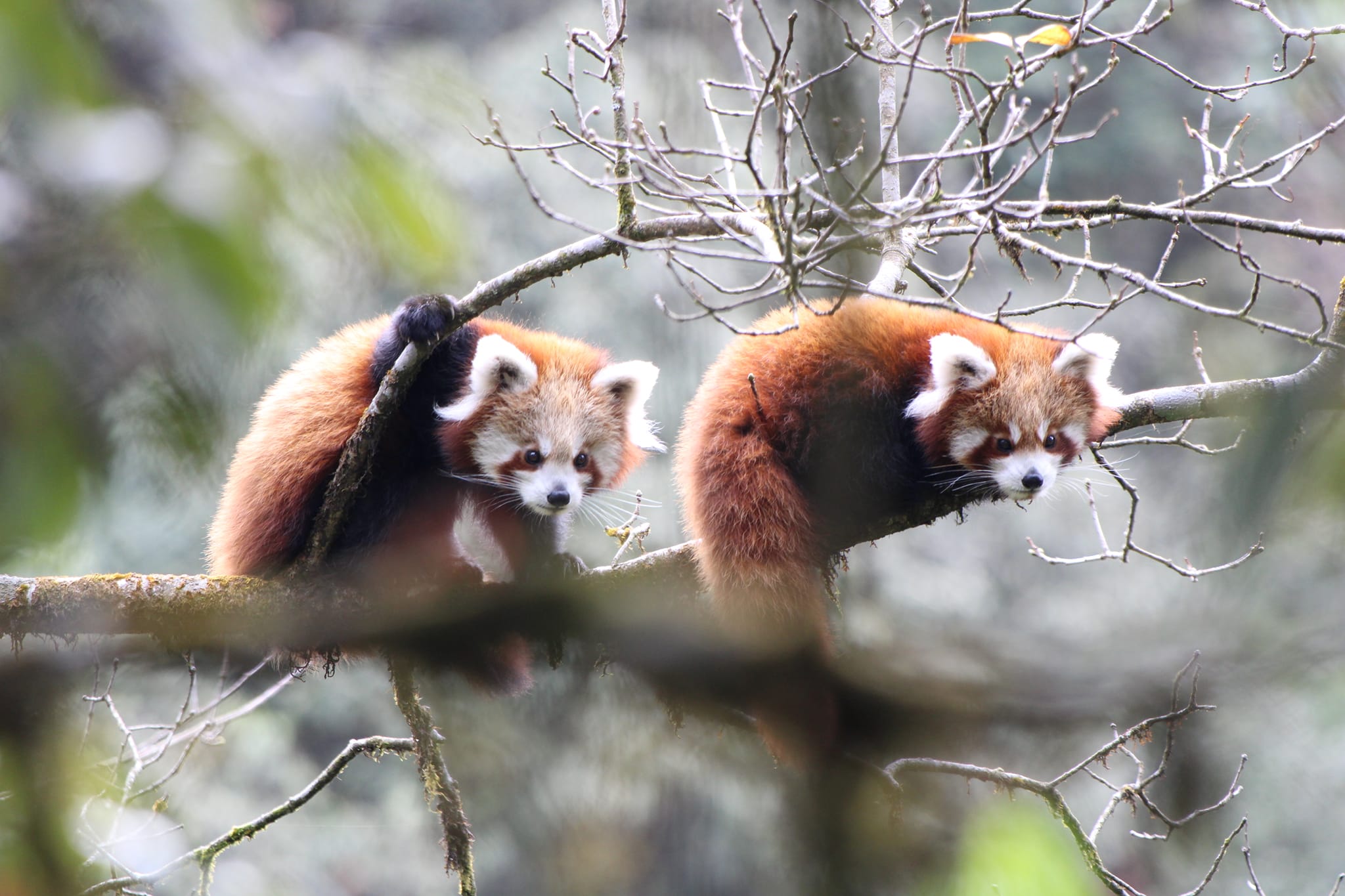 Red pandas photographed by Emily Phillips during RPN ecotrip in December 2023.
Red pandas photographed by Emily Phillips during RPN ecotrip in December 2023.
We investigate the space use, conspecific interactions, and recursions of endangered red pandas. GPS telemetry was used to examine their home range, core area, dynamic interactions, and recursive movement, as well as the effects of sex, age, and body mass on these behaviors across seasons.
Episode 9: Seasonal resource selection of an arboreal habitat specialist in a human-dominated landscape: A case study using red panda.
Release Date: June 13, 2024
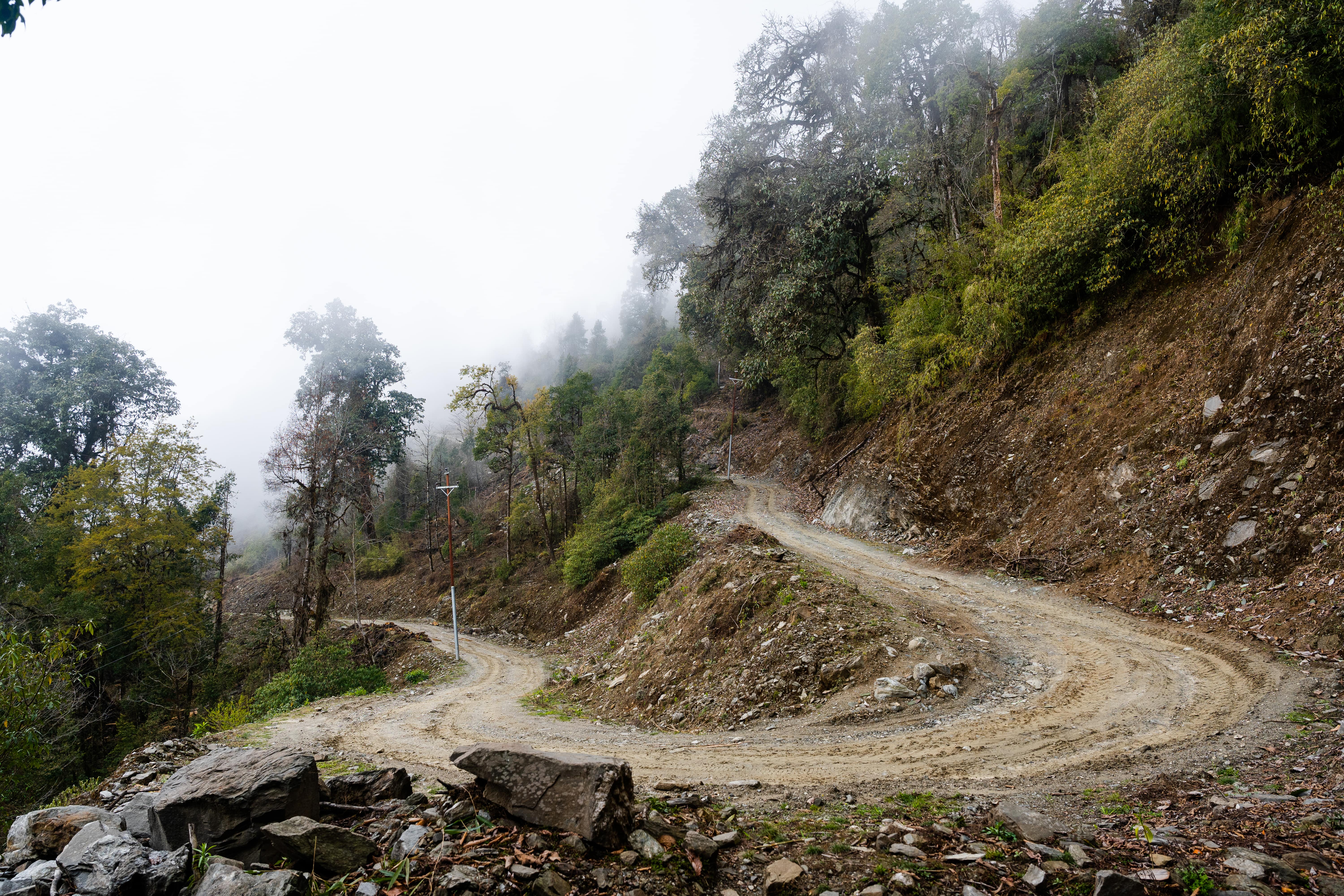
Roads are one of the factors that influence the movement of wild red pandas. RPN/Hari B. Dangol
We investigate how factors such as vegetation, geophysical attributes, and disturbances influence the habitat preferences of red pandas across different seasons.
Episode 10: Effect of disturbances and habitat fragmentation on an arboreal habitat specialist mammal using GPS telemetry: a case of the red panda
Release Date: June 20, 2024
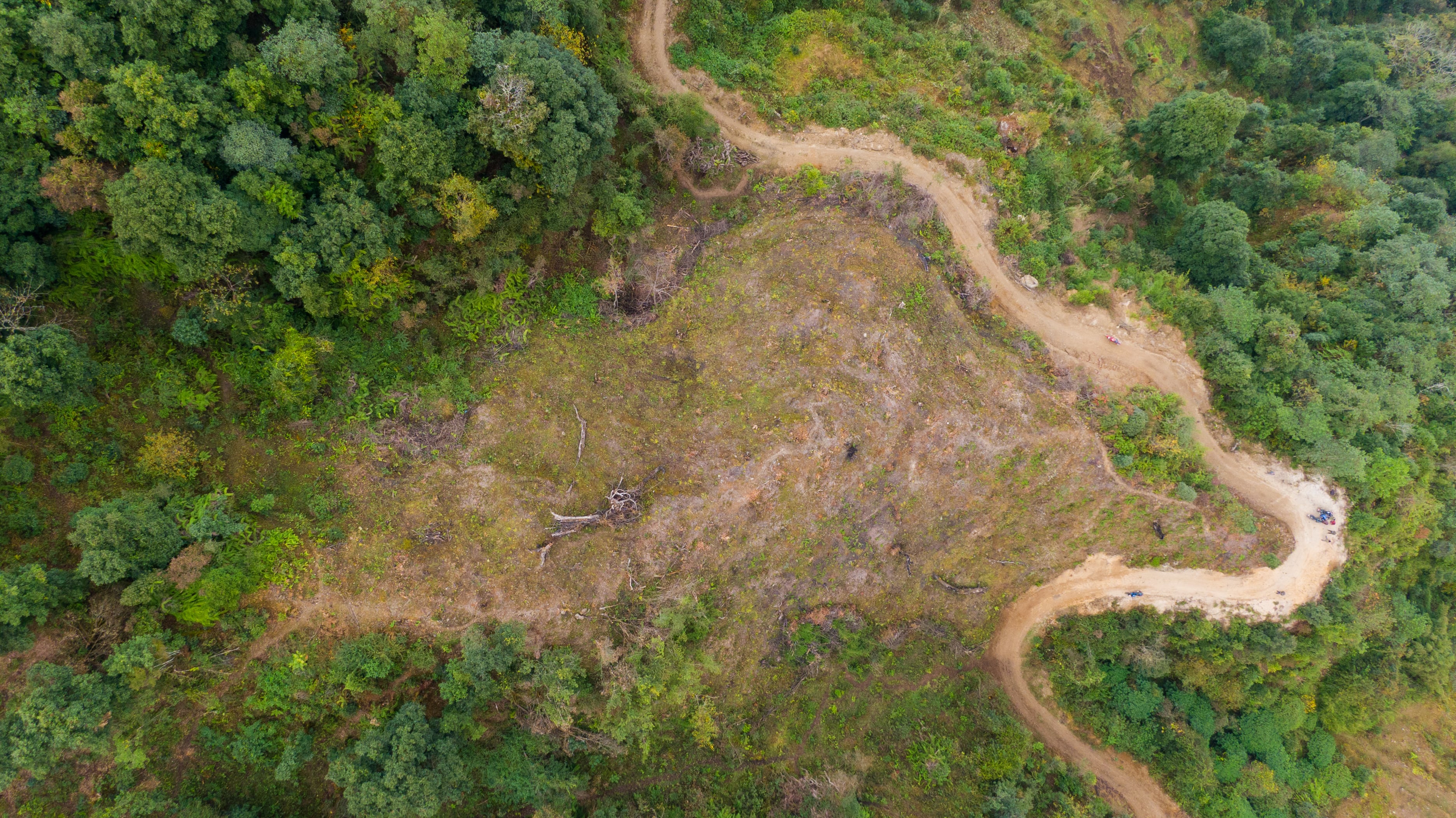
Human activity is behind red panda habitat degradation and fragmentation. RPN/Hari B. Dangol
We investigate the impact of human-altered landscapes on red pandas, who are habitat specialists vulnerable to disturbance due to their specific habitat requirements. We explore the potential adverse long-term effects of habitat fragmentation and forest exploitation on red panda survival.
Episode 11: Red panda fine‐scale habitat selection along a Central Himalayan longitudinal gradient
Release Date: June 27, 2024
RPN/Hari B. Dangol
We explore the ecological factors shaping red panda habitat selection and provide insights that can inform conservation efforts for this endangered species in the Himalayan region.
Episode 12: Red pandas in Nepal: a community- based approach to landscape-level conservation
Release Date: July 4, 2024
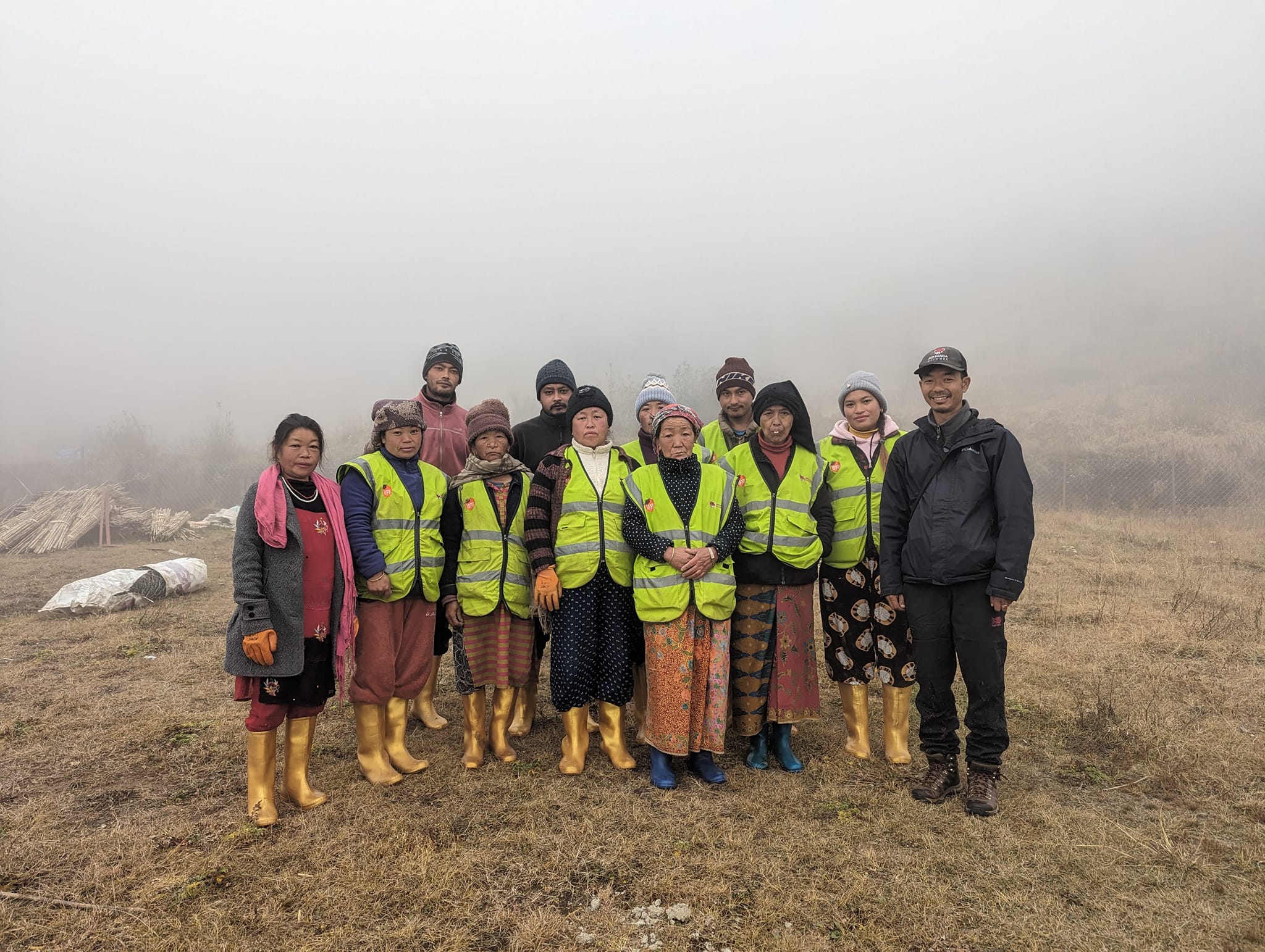
Restoration stewards at restoration site in eastern Nepal. Photo: Emily Phillips
We discuss our community-based approach to landscape-level red panda conservation in Nepal. RPN aims to establish a red panda protected forest that can support a genetically viable population. We explore the current knowledge gaps on crucial landscape-level factors essential for planning and executing effective conservation programs.
Episode 13: Prevalence of intestinal parasitic infections in free-ranging Red Panda Ailurus fulgens Cuvier, 1825 (Mammalia: Carnivora: Ailuridae) in Nepal
Release Date: July 11, 2024
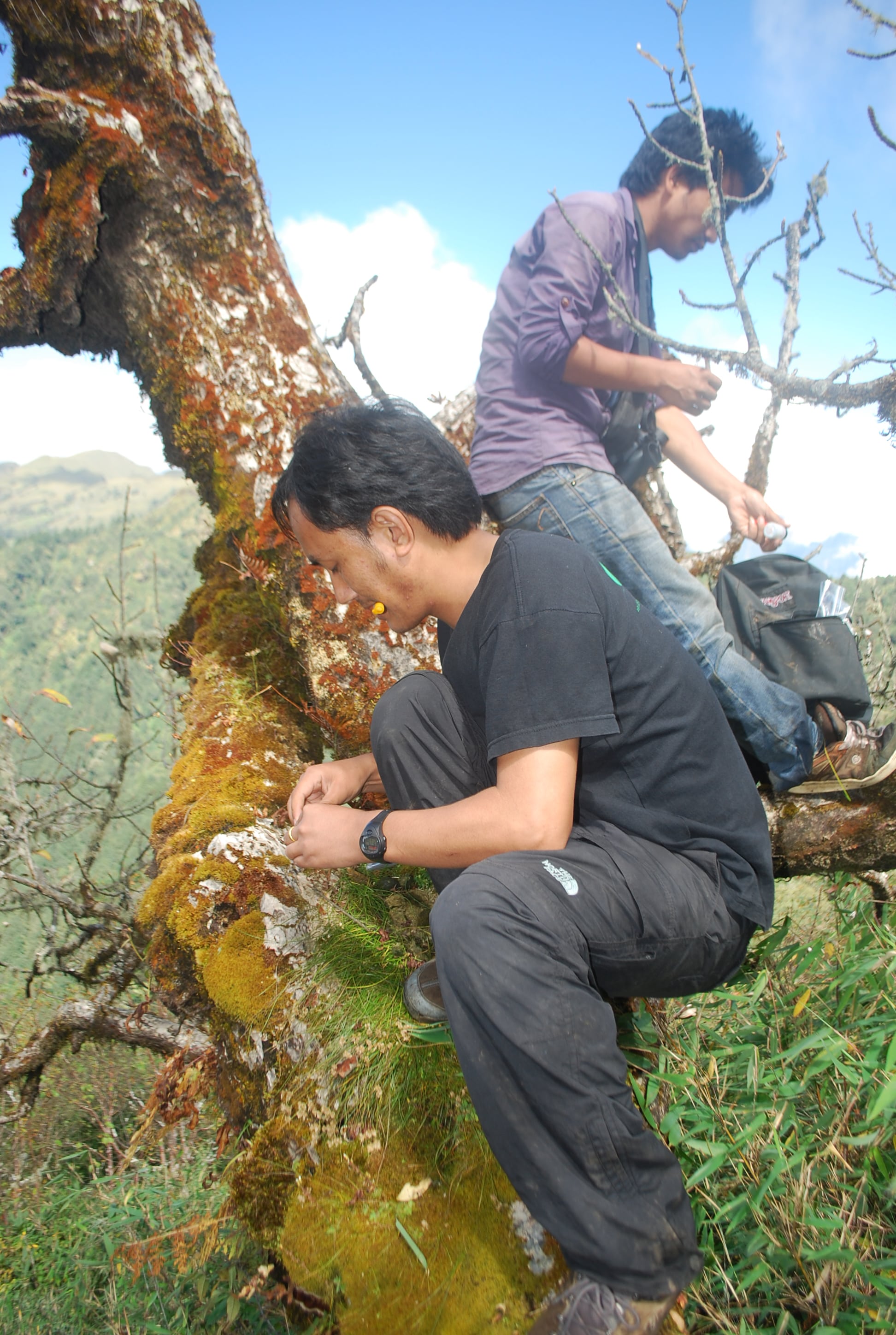
We explore findings from a study on parasitic infections in free-ranging red pandas in Nepal's Rolpa District, revealing a 100% prevalence of gastrointestinal parasites. The discussion underscores the urgency of understanding and addressing these parasitic threats to ensure the conservation and well-being of red panda populations.
Episode 14: Status of gastrointestinal parasites in Red Panda of Nepal
Release Date: July 18, 2024
We investigate the status of gastrointestinal parasites in red pandas in Nepal, with a focus on prevalence, species composition, and potential risk factors. The study aims to provide critical insights into the endo-parasitic challenges faced by red pandas, contributing valuable information for conservation efforts.
Episode 15: What is driving the increased demand for red panda pelts?
Release Date: July 25, 2024

Design by Laura Siu. Learn more about our No Panda Poaching campaign.
We discuss the increasing illegal trade in red panda pelts in Nepal and explore the socio-cultural factors influencing red panda conservation.
Episode 16: First record of Bengal Tiger, Panthera tigris tigris Linnaeus, 1758 (Felidae), in eastern Nepal
Release Date: August 1, 2024
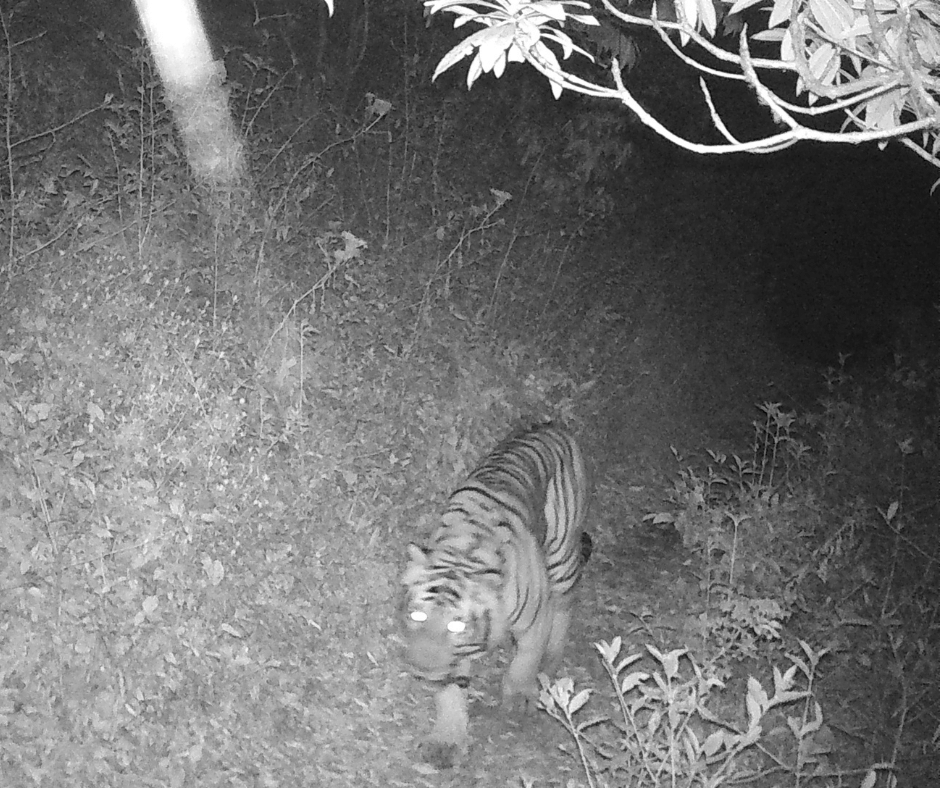
We share a significant wildlife discovery in eastern Nepal. The study highlights the ground-breaking camera trapping results that provide the first-ever evidence of a Bengal tiger's presence at an elevation of 3,165 meters. This marks the highest elevation record of a tiger in the country.
Episode 17: First photographic record of marbled cat Pardofelis marmorata Martin, 1837 (Mammalia, Carnivora, Felidae) in Nepal.
Release Date: August 8, 2024 (International Cat Day)
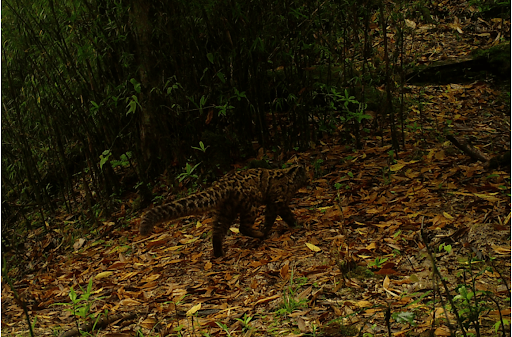 The second photo of a marbled cat recorded in eastern Nepal by RPN.
The second photo of a marbled cat recorded in eastern Nepal by RPN.
We discuss the inventory of medium- to large-sized mammalian fauna in non-protected forest areas of the Kangchenjunga landscape in Nepal built using camera traps. This research captured the first photographic evidence of a marbled cat in the region.
Episode 18: Use of an integrated suite of sensors to simultaneously monitor fuel consumption, air quality, and adoption provides important insights and validates impact metrics for household stoves
Release Date: August 15, 2024
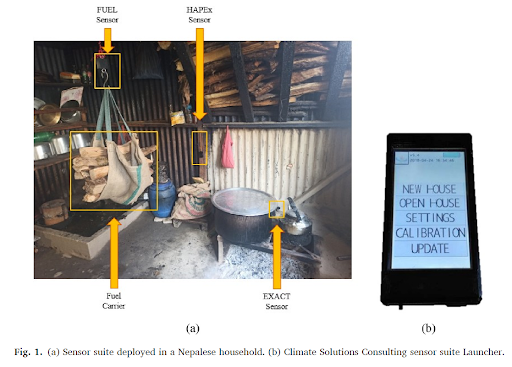
We explore the fuel consumption, air quality, and adoption of household stoves as part of our Stoves for Stewards program. This study uses an integrated suite of sensors to monitor these factors and highlights the importance of cross-sensor data analysis for validation.
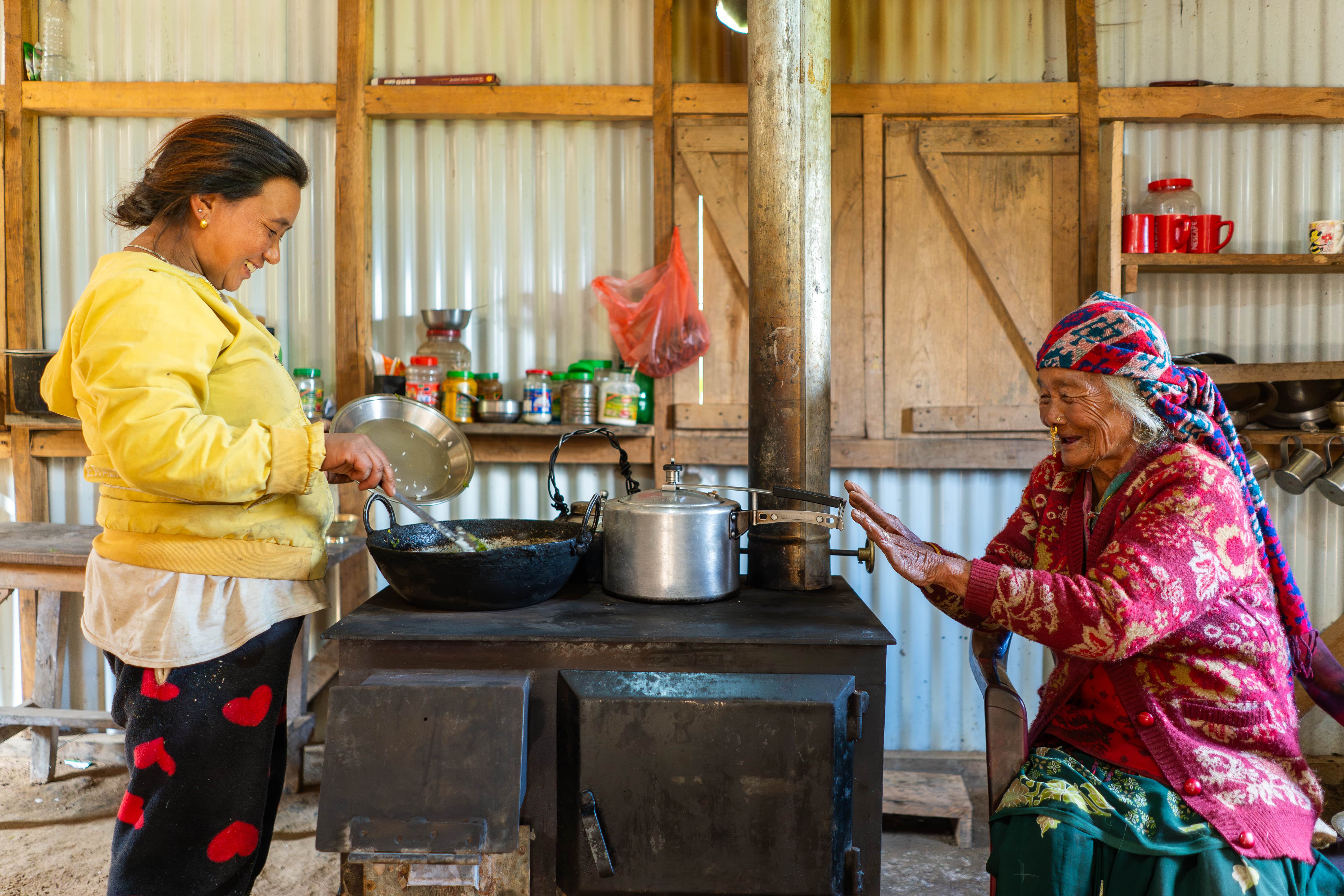
RPN distributed efficient cookstoves to local people that reduce firewood consumption and indoor smoke pollution and improve indoor heating.
Episode 19: Distribution and habitat use of red panda in the Chitwan-Annapurna Landscape of Nepal
Release Date: August 22, 2024
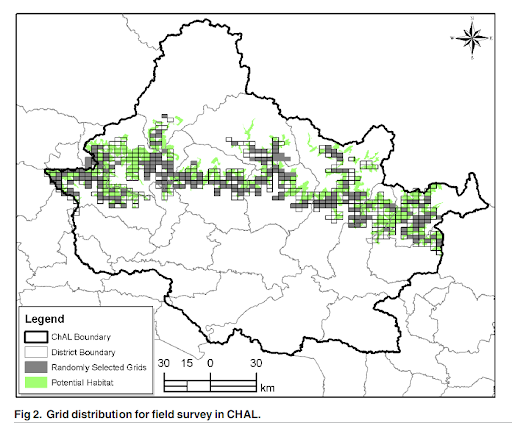
We share a study in Nepal's Chitwan-Annapurna Landscape (CHAL) that investigates the distribution and habitat use of the red panda, a species that has been minimally studied in the region. With field surveys conducted across ten districts, the research identifies key habitat variables and estimates that approximately 7% of the potential habitat in CHAL is occupied by red pandas, emphasizing the urgency for conservation actions in the face of extirpation in previously reported areas.
Episode 20: Red panda tourism gives hope in the mid-mountain range of the Eastern Himalaya, yet inappropriate practices may lead to failure
Release Date: August 29, 2024
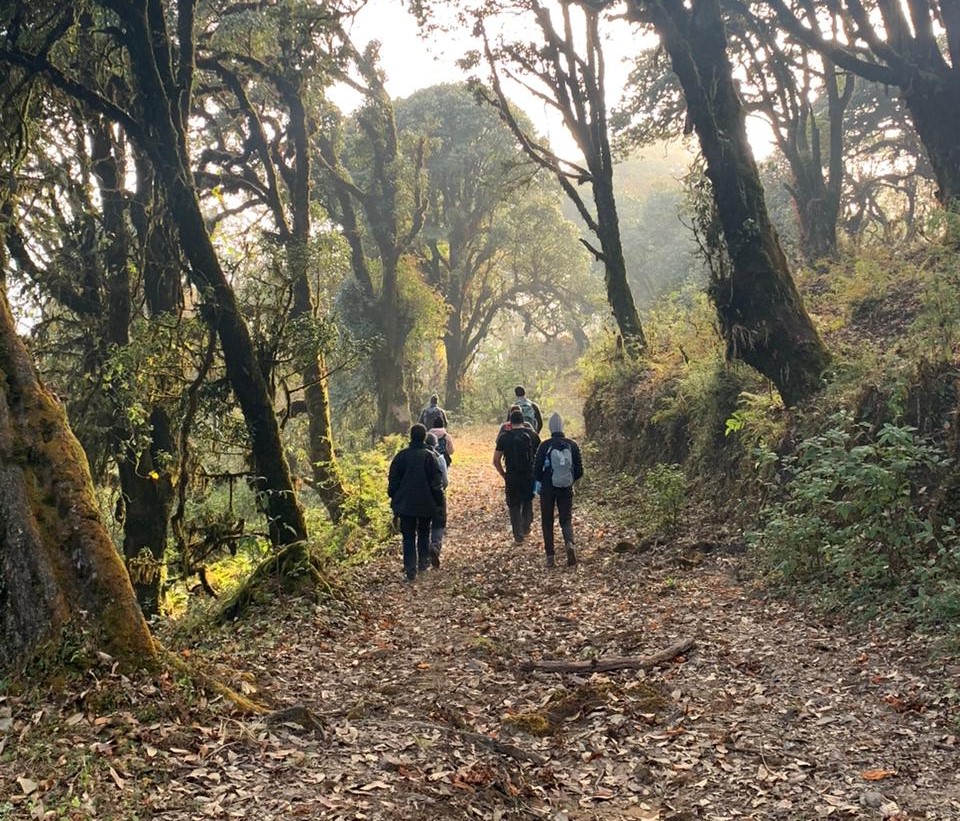 Participants of 2023 ecotrip in Nepal's red panda habitat.
Participants of 2023 ecotrip in Nepal's red panda habitat.
We discuss the emergence of red panda tourism in the mid-mountain range of the Himalayas, particularly in eastern Nepal. We explore the positive aspects of this tourism initiative as well as the concerns related to inappropriate practices by some tour operators, including mass tourism and insensitivity to wildlife welfare.
Episode 21: Landscape variables affecting the Himalayan red panda Ailurus fulgens occupancy in wet season along the mountains in Nepal
Release Date: Sep 5, 2024
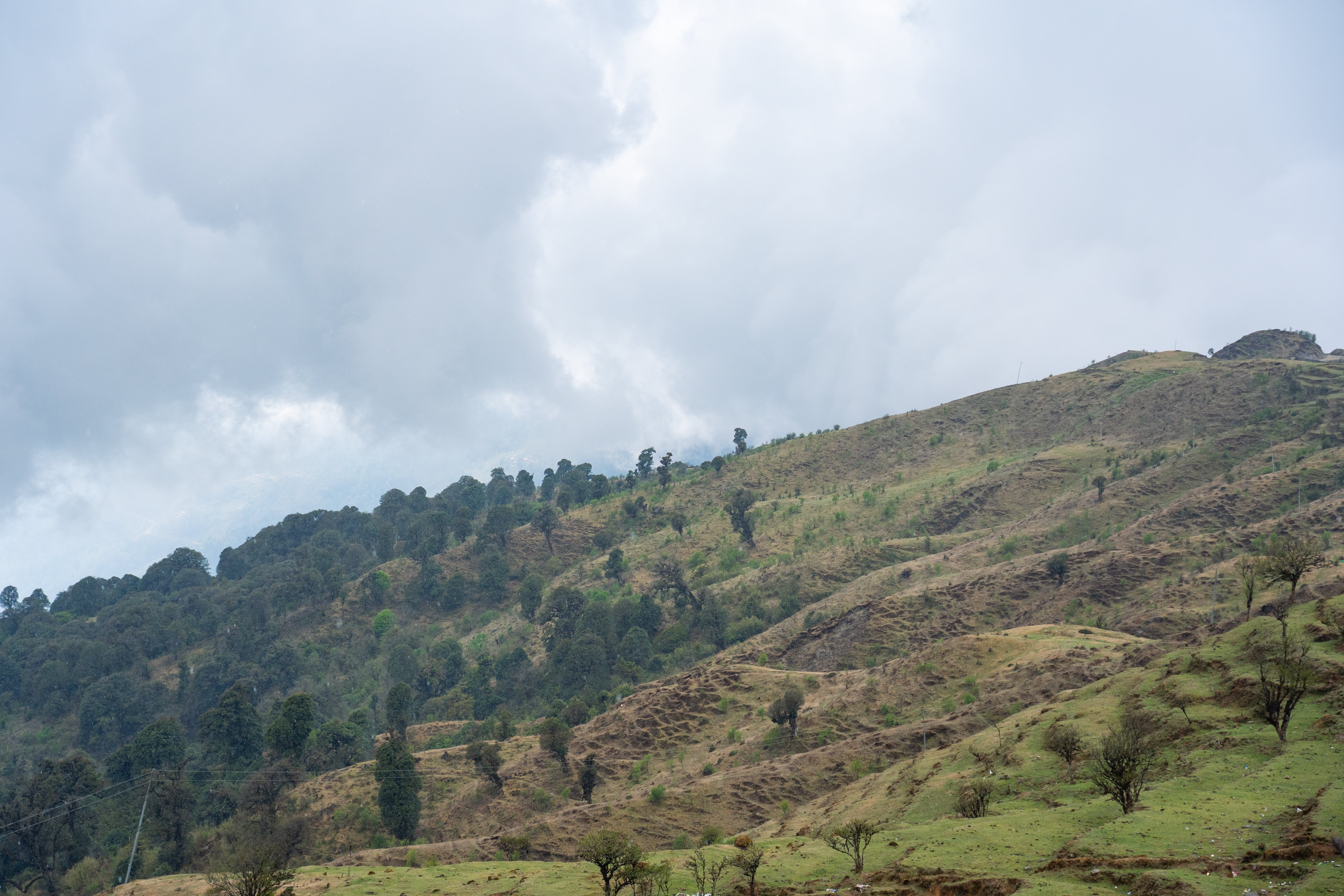
We discuss a study on various factors that affect the occupancy of red pandas. The research covers the entire potential habitat and identifies key factors influencing red panda occupancy.
Episode 22: Pervasive human disturbance on habitats of endangered red panda Ailurus fulgens in the central Himalaya
Release Date: September 12, 2024
We explore the habitat challenges of red pandas in the Himalayan mid-hills and the impact of human disturbance on their distribution. This study sheds light on the need for integrated conservation efforts and highlights key associations between red panda presence and various disturbance variables.

